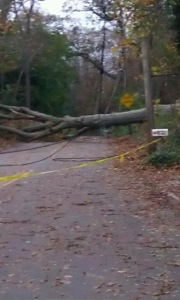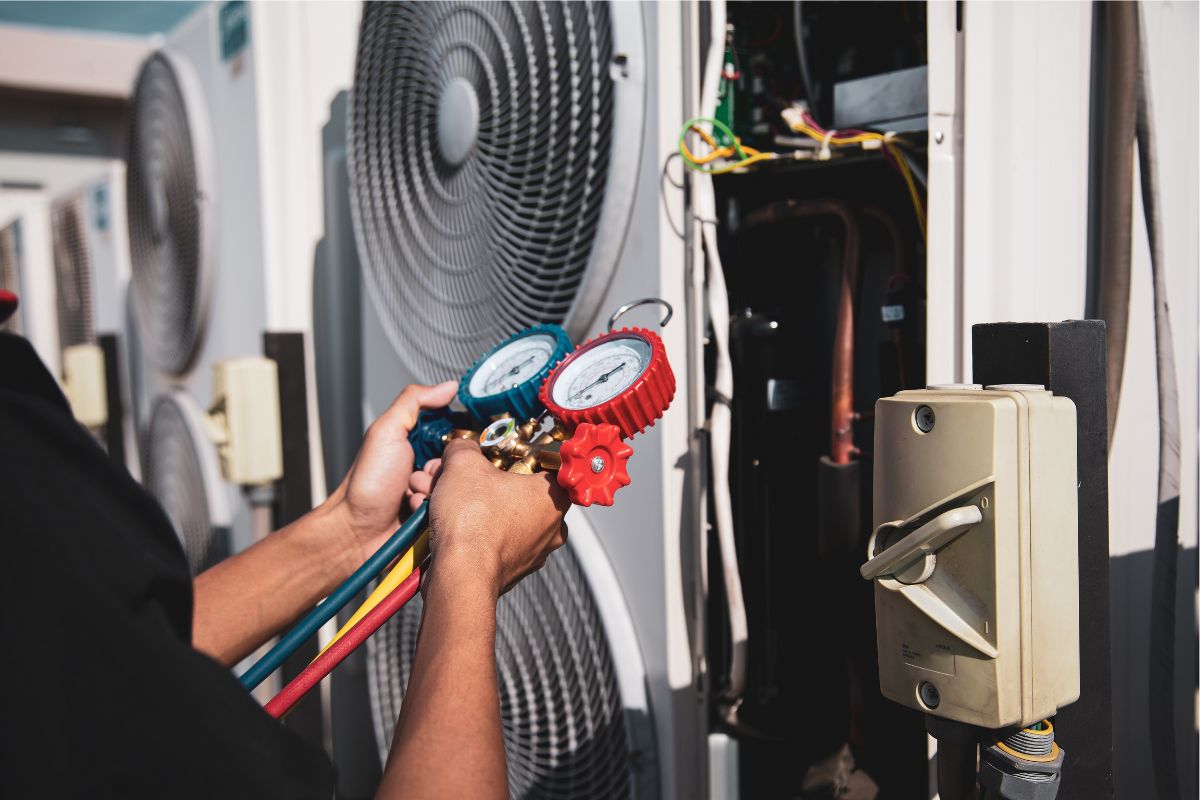 Here I sit in an office with no power, phones, Internet or ROOF for the past 5 days, banging away on an iPad through a slow cellular hotspot to extol the virtues of hurricane preparedness. We saw it coming, but none of us really did anything about it. Now we are paying technicians to sit on gas lines and fill up trucks and empty gas containers so that we can run generators for our office and get service vehicles out to customers who have no heat and hot water. Off course, we have none either and it’s 55 degrees in our homes and offices and the temperature continues to drop. How can this be avoided in the future and what can we do about it now?
Here I sit in an office with no power, phones, Internet or ROOF for the past 5 days, banging away on an iPad through a slow cellular hotspot to extol the virtues of hurricane preparedness. We saw it coming, but none of us really did anything about it. Now we are paying technicians to sit on gas lines and fill up trucks and empty gas containers so that we can run generators for our office and get service vehicles out to customers who have no heat and hot water. Off course, we have none either and it’s 55 degrees in our homes and offices and the temperature continues to drop. How can this be avoided in the future and what can we do about it now?
First of all, if you are reading this now, then you are better off than most. You have communications and possibly power. Power is the first thing you will need to get your heat back on, whether it be in the form of restored electricity or a generator. The Long Island Power Authority has estimated it will be 7 to 10 days before power is restored, but they have not even finished repairing the more than 50 area substations damaged, so they aren’t even starting on your neighborhood power infrastructure yet. Unfortunately, I think we are looking at another two weeks. Those of you lucky enough to have a gas fired hot water heater with a pilot light and no electronic ignition are the luckiest because you have hot water. Neighbors of ours let us shower at their house while they use the phone and Internet at our house (we have a generator, but not big enough to power an oil fired boiler with 6 circulators). Now I extol the virtues of geothermal, but would need an even bigger generator to power the heat pump and flow centers. Unfortunately, the only form of heat that does not require some form of electricity is that fireplace of yours. Even wood stoves have a fan system for the firebox heat exchanger that distributes the heat to the space. Fire that up without the fan for too long and you can damage your system. However, even those with fireplaces must be careful. My nextdoor neighbor found this out after they started a fire in their fireplace and smoked themselves out because the chimney cap had been crushed by a fallen tree during the hurricane. We fear the incidence of carbon monoxide poisoning will be the next deadly killer as others seek warmth by firing up gas heating appliances in their home that are not meant for home heating, including stoves, portable BBQs and the like. Not to mention the threat of fire hazards from all of these appliances and the generators being operated by those who have no clue as to safe operation.
After fireplaces, your next best heating source in this situation might just be if you have a forced air gas furnace. Just a simple electric hook-up to your generator can get you going again because their has been no gas interruption. Those with gas fired boilers may have the added problem of multiple circulators which must be powered. This can somewhat be circumvented by backing off the flow check valves to allow mono flow of thermal back through the piping without circulator distribution. It depends upon which side of the system your installer has put the circulators, of course. Here on Long Island, more than 60% still have oil heat because National Grid and their predecessors, Keyspan, Brooklyn Union and LILCO never really expanded the gas main infrastructure into many neighborhoods. This makes your situation a bit more difficult as you must also power the oil burner and circulators as well as a fan if you have a forced air furnace.
We are open here and ready to help you restore heat as soon as you have some form of power. Perhaps it is time that we take a good lesson from the Europeans who were smart enough to bury their transmission lines after the devastation of World War II.
As always, to keep up to date with what’s new in HVAC technology, visit our website at airideal.com and follow us on Twitter @airideal and at our Facebook page!

Other Blogs
June 26, 2025 |
4 min read


